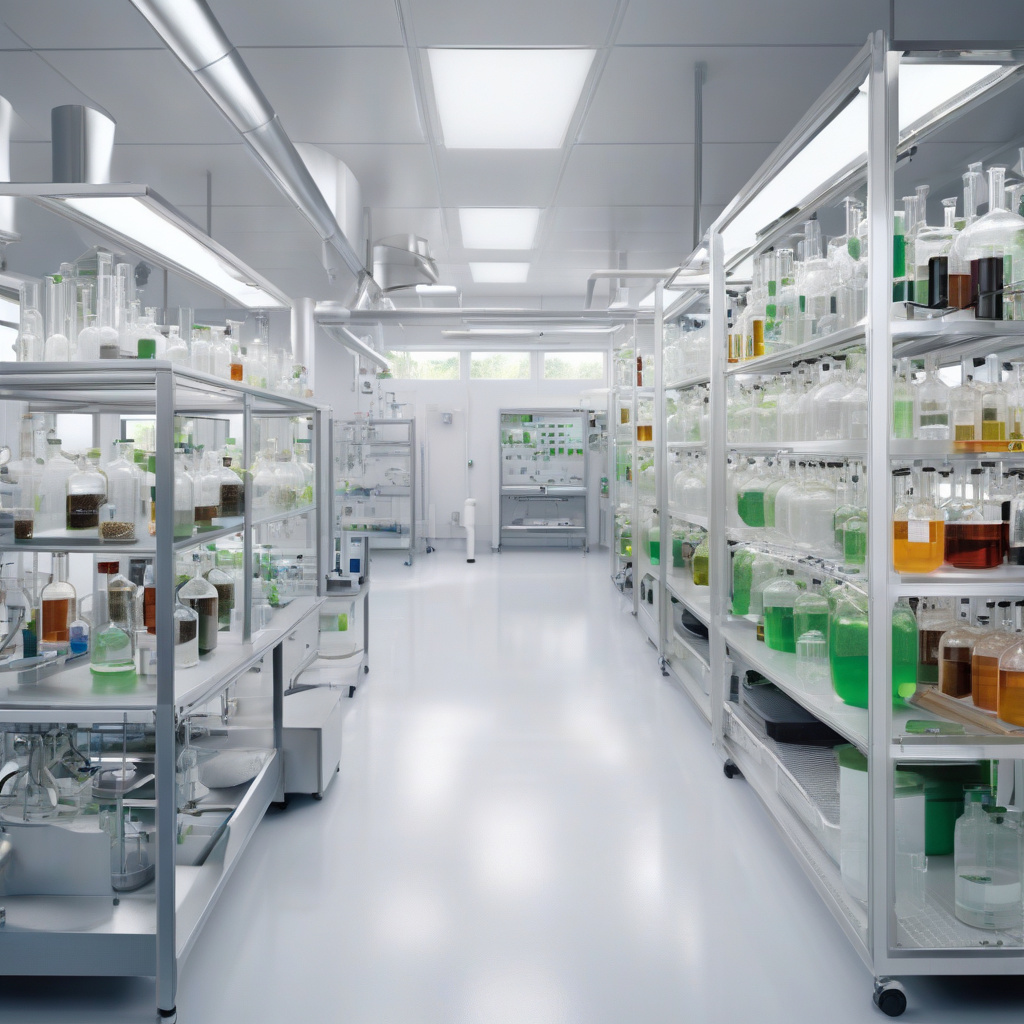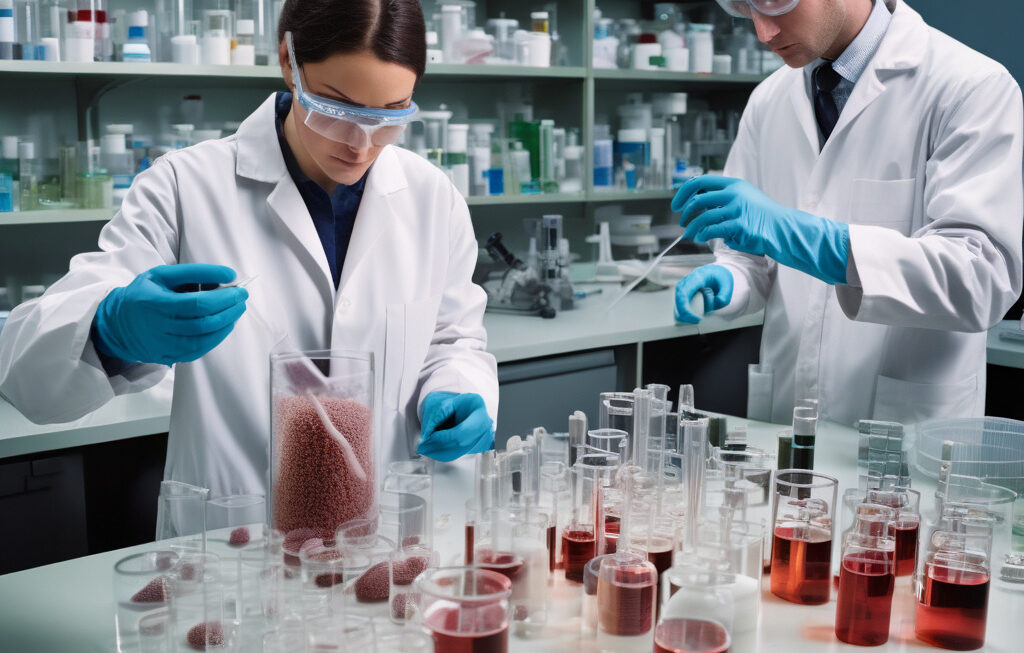New Ammonia-Tolerant Microbe Converts Food Leftovers into Renewable Natural Gas
Researchers in Canada have discovered a previously unknown bacteria capable of converting food waste into renewable natural gas. This breakthrough in bioengineering opens up exciting possibilities for sustainable energy production and waste management.
The newly identified microbe is unique in its ability to thrive in environments with high levels of ammonia, a common inhibitor in biogas production processes. By overcoming this limitation, the microbe can more efficiently break down organic matter found in food leftovers, agricultural residues, and municipal waste, converting it into methane-rich biogas.
This discovery is particularly significant in the context of the global push towards decarbonization and reducing greenhouse gas emissions. Biogas, which is primarily composed of methane, is considered a clean and renewable energy source that can be used for heating, electricity generation, and even as a vehicle fuel. By harnessing the power of this newly identified ammonia-tolerant microbe, researchers have unlocked a promising avenue for producing biogas in a more sustainable and cost-effective manner.
In addition to its environmental benefits, the use of this microbe in biogas production could also help address the pressing issue of food waste. In Canada alone, millions of tons of food are discarded each year, contributing to greenhouse gas emissions and environmental degradation. By diverting organic waste to biogas facilities equipped with the new microbe, it is possible to not only generate renewable energy but also reduce the amount of food waste ending up in landfills.
Furthermore, the scalability and versatility of this technology make it suitable for implementation in various settings, from small-scale biogas plants to large municipal waste treatment facilities. By incorporating this innovative approach into existing waste management infrastructure, communities can turn a problem like food waste into a valuable resource for energy production.
The potential applications of this discovery extend beyond Canada, with implications for global efforts to transition towards a more sustainable energy future. Countries around the world are increasingly recognizing the importance of renewable energy sources in reducing dependence on fossil fuels and mitigating the impacts of climate change. The newfound ability to produce biogas from food leftovers using an ammonia-tolerant microbe represents a significant step forward in this transition.
As researchers continue to explore the capabilities of this novel microbe and refine the biogas production process, the prospects for widespread adoption of this technology look promising. By harnessing nature’s own mechanisms for waste breakdown and energy generation, we have the opportunity to make meaningful strides towards a greener, more sustainable world.
In conclusion, the discovery of a new ammonia-tolerant microbe that produces renewable natural gas from food leftovers marks a milestone in the intersection of bioengineering, waste management, and sustainable energy production. With its potential to revolutionize biogas production and address pressing environmental challenges, this breakthrough paves the way for a more efficient and eco-friendly approach to utilizing organic waste. By embracing innovations like this one, we can work towards a future powered by clean, renewable energy sources derived from the resources we already have at our disposal.
renewable energy, biogas production, sustainable waste management, food waste, environmental innovation











